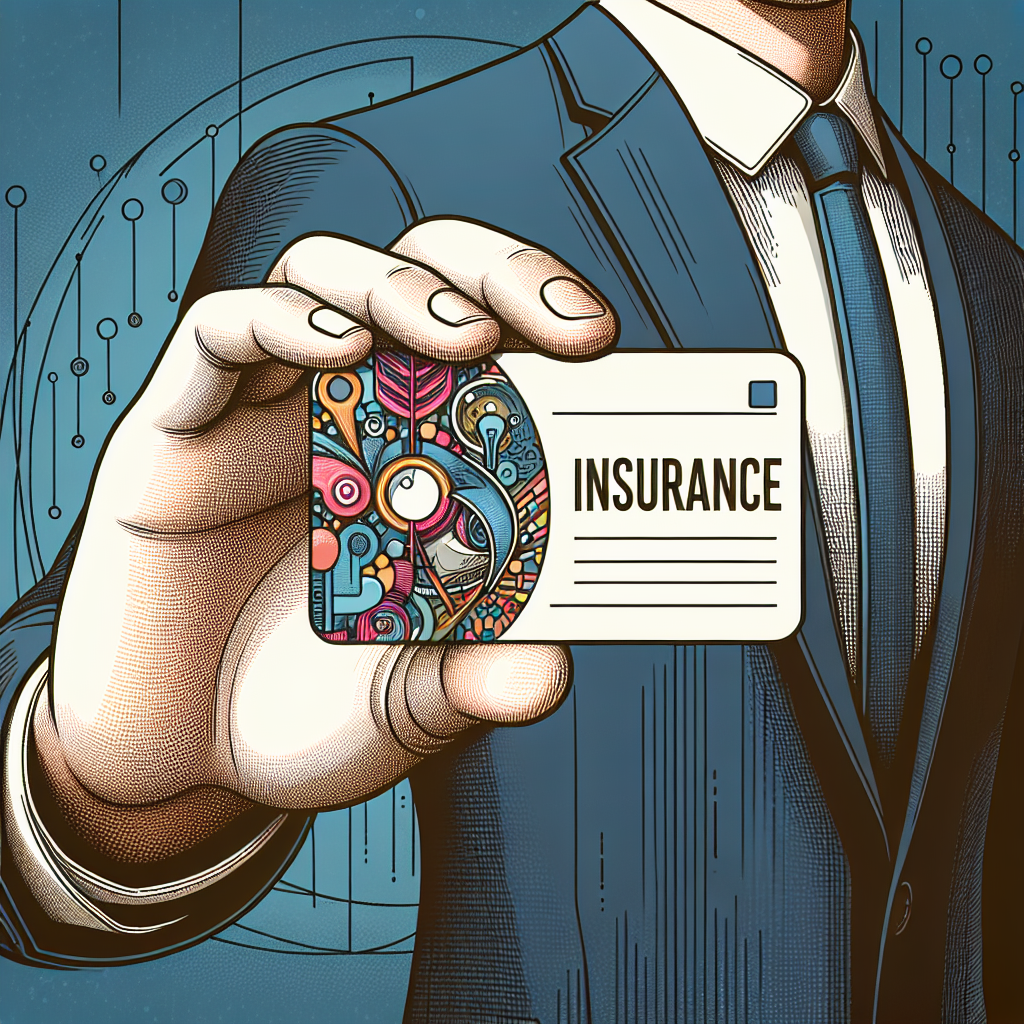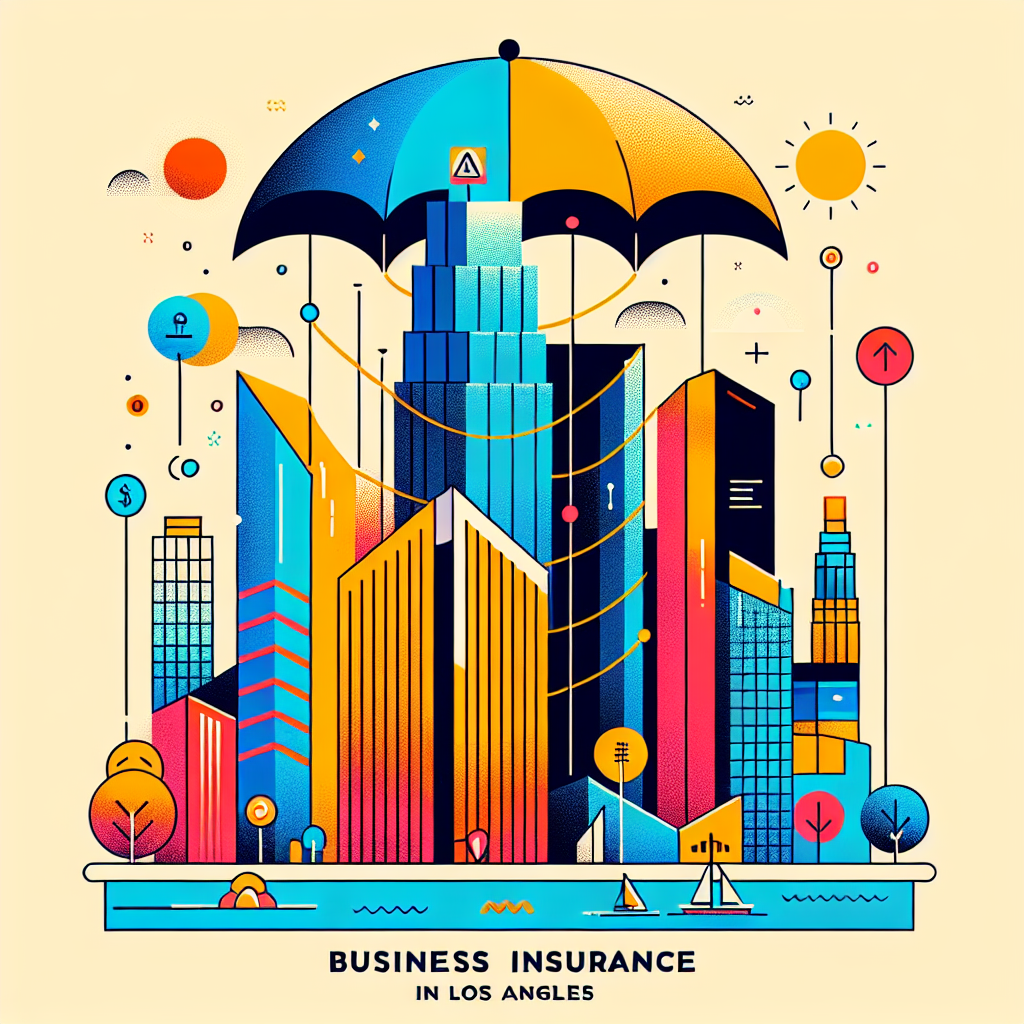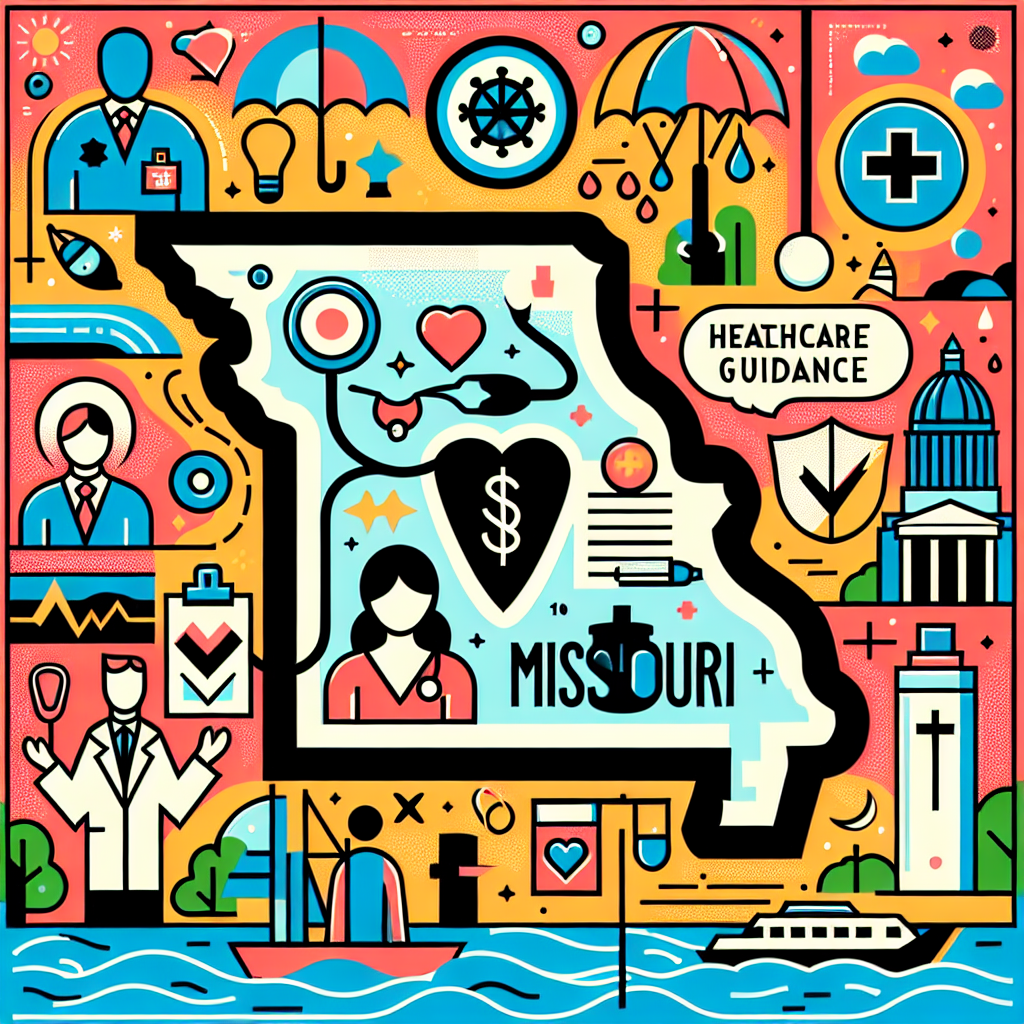Filed under Business Insurance on
Creative Insurance Business Card Ideas to Impress Clients

In the fiercely competitive world of insurance, making a lasting first impression is crucial. Whether it’s face-to-face networking or leaving a mark through your digital communications, the look and feel of your professional identity can significantly influence potential clients. One of the simplest yet most powerful tools in your branding arsenal is the traditional business card. But how do you ensure your insurance business card stands out? Here, we explore some inspired and creative insurance business card ideas to impress clients.
Understanding the Importance of a Distinctive Business Card
Even in today's digital age, a well-crafted business card remains a key marketing tool. They are not just about conveying contact information but also about communicating your brand’s ethos and professionalism. Having a creative insurance business card can set you apart and can be a conversation starter on its own.
According to a study by Statistic Brain Research Institute, 72% of people judge a company or person based on the quality of their business card. Furthermore, 39% of these individuals will not pursue a business relationship if the card "feels cheap."
Essential Elements of an Insurance Business Card
Before diving into the creative aspects, let's look at the core elements that should be included:
- Name and Title: Clearly indicate your full name and professional designation.
- Contact Information: Address, direct phone number, and professional email are essential.
- Company Name and Logo: Ensure they are prominently displayed to strengthen brand recognition.
- Website and Social Media: Include relevant links for an online presence.
- Slogan or Tagline: Optionally, add a short, memorable phrase that encapsulates your business ethos.
Creative Insurance Business Card Ideas to Impress Clients
1. Utilize High-Quality Materials
One of the easiest ways to enhance the impression of your card is by using premium materials. Options such as thick cardstock, metallic finishes, or textured paper can instantly elevate the perceived quality of your card. Consider eco-friendly materials to align with sustainable practices, an aspect increasingly valued by clients.
2. Innovative Shapes and Sizes
Traditional rectangular business cards are safe and familiar, but they can also be easily forgotten. To stand out, consider utilizing non-standard shapes such as square, oval, or even custom die-cut designs relevant to insurance symbols, like a shield or umbrella. However, ensure the design remains practical and can fit in wallets or business card holders.
3. Interactive and Functional Designs
Beyond aesthetics, making your business card functional can be both unique and memorable. Think of incorporating features like foldable cards that reveal more information, or even a built-in calendar feature on one side. Some insurance agents have found success using cards with QR codes linking to introductory videos or customer testimonials.
4. Incorporate Augmented Reality
Lead the digital transformation by integrating augmented reality (AR) into your business card. When clients scan your card with their smartphones, let them see an engaging video introduction, a virtual tour of your services, or testimonials from satisfied clients. Platforms like Layar or Blippar can make this futuristic concept accessible.
5. Minimalist Design with Bold Typography
In a world filled with visual clutter, a minimalist design can be refreshingly different. Utilize clear, bold typography to create a strong focal point for your name or your company logo. The use of ample white space can further enhance the card’s readability and the impact of the text.
6. Strategic Use of Color
The psychology of color can influence how clients perceive your brand. Incorporate colors that reflect your brand image—blue for trustworthiness, green for growth, or gold for premium services. Use complementary colors to make text and essential elements stand out, ensuring the viewer's eye is drawn to key information.
7. Showcase Achievements and Credentials
Incorporating industry recognitions, awards, or certifications into your business card can add to your credibility. This could be as simple as using a small icon or logo of the certification or an award near your name or title.
8. Personal Touch and Custom Messages
Adding a handwritten note on your card can contribute to a personalized experience. Perhaps a brief message expressing your enthusiasm to work with the client or a quick thanks for their time can foster a more personal connection.
Leveraging Industry Trends
The design of your business card should not only reflect your personal or corporate brand but also resonate with current industry trends. In 2023, focus on environmental consciousness, digital integration, and personalization, which are rapidly gaining traction in marketing and branding sectors.
Moreover, according to Forbes, there is an increasing trend towards incorporating technology into traditional marketing materials to enhance user interaction. Keeping up with these trends helps establish your business as forward-thinking and client-centric.
Expert Opinions and Client Preferences
Industry experts often note that while creativity is important, the card must remain functional and professional. A card that tries too hard to be different might end up being difficult to read or ineffective. As a balance, Louisa Foulkes, a branding consultant, suggests focusing on clarity and core messaging while adding unique elements sparingly.
Client preferences are also crucial. Conduct informal surveys or request feedback about your current cards to understand what clients find appealing or useful. Adjust your designs accordingly to ensure they align with what your clients expect and value.
Conclusion
In conclusion, your business card is more than just your contact information—it's a reflection of your brand and can often make the difference between a lead and a client. Utilizing creative insurance business card ideas, from high-quality materials and innovative formats to tech integrations like augmented reality, can set you apart in the ever-competitive insurance industry.
Ultimately, whether you are leveraging current trends or seeking feedback from experts and clients, the goal remains the same: to create a memorable and impactful interaction with your business card that distinguishes your services from the rest. As the saying goes, "You never get a second chance to make a first impression," so make that impression count.





